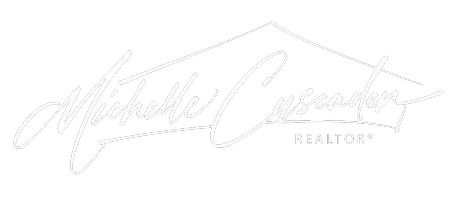Blog > Why You Don’t Need 20% Down to Buy a Home
Why You Don’t Need 20% Down to Buy a Home
For decades, the 20% down payment has been treated like a hard rule in homebuying. While putting 20% down can eliminate private mortgage insurance (PMI) and reduce your monthly payment, the idea that it’s required is simply outdated—and it could be keeping you from owning a home sooner.
The reality? You don’t need 20% down.
There are several low-down-payment mortgage options designed to make homeownership more accessible:
- Conventional loans: These often require as little as 3% down for qualified buyers.
- FHA loans: Backed by the Federal Housing Administration, these loans require just 3.5% down and are popular with first-time buyers.
- VA and USDA loans: For eligible borrowers, these government-backed options offer zero down payment requirements.
Let’s put it into perspective: On a $300,000 home, a 20% down payment equals $60,000. But with a 5% down payment, it’s just $15,000. That’s a major difference in upfront cost—and a much more realistic path for many buyers.
Yes, a smaller down payment means you may pay PMI and have a slightly higher monthly payment. But waiting years to save 20% could mean missing out on equity growth and higher future home prices. In many cases, the cost of waiting is greater than the cost of PMI.
The bottom line: Homeownership is more accessible than many believe. If you’re financially stable and ready to buy, don’t let the 20% myth hold you back. Explore your loan options and get clarity on what’s really required.
Let’s talk about what’s possible for you. You might be closer to homeownership than you think.

